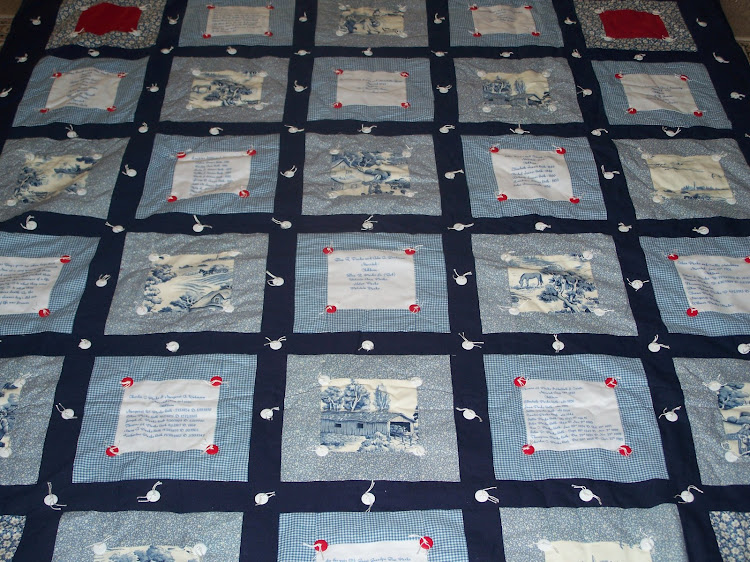What you Might Not Know about Your Personal care Products
Please Read this
Back when Cora’s Blissfully Natural Products was a 4-H project; She had to do research on what was in our own personal care products. This is some of what she found. Needless to say we never used them again.
The Information below was used for Cora’s 4-H Oral Presentation that year.
POPULAR BUZZ WORDS.
Although there are many popular buzzwords in the market place today here are three; Pure, Natural, Non-Toxic.
The very name makes these words sound like the product should be healthy for you, right? That’s the deception. . Let’s discuss the three words mentioned above one at a time.
Pure.
The dictionary’s definition of Pure is “unmixed or unpolluted”. “Absolute”.
The Cosmetic Industry’s definition of Pure is any product containing any ingredient or portion thereof that could be traced back to a pure or original origin. In other words, if there is a “trace” of something
original in there, you can call the whole product pure. I hardly think this makes the product “unpolluted” or “absolute”.
Natural:
The dictionary’s definition of Natural is: “Pertaining to, in accordance with, or determined by, nature; Being or found in its native state”. “Not artificial”.
According to the Cosmetic Industry, you can proudly display the “natural” label if at least 5% of the ingredients are derived from a natural source. This means that you could have one ingredient that has a minimum of 5% of that ingredient that has come from a natural source and that is enough to meet the labeling requirements to call the entire product “Natural”. That means your product could be 5% natural and 95% artificial and still be called “natural”.
Webster’s Dictionary defines Non Toxic as: “not producing or resulting from poison”.
The cosmetic industry gives this definition: “If no more than 49% of all laboratory animals that the product is tested on die, then you can call the product Non Toxic.” That means that the product could be 48.9% likely to kill you. I don’t know about you, but I’m not willing to take those odds. That is a rather risky gamble with your health.
To further complicate the issue, we have no real hope for relief from the manufacturers’. Here is the reason why. The cosmetic/personal care industry is self regulating. That means, the only ones that are looking out for the consumer is the manufacturer of the product.
DID YOU KNOW... Recently a thousand people had to be evacuated from their homes, By order of OSHA because a factory near their homes had a one-gallon spill of a hazadorous chemical. This ingredient is used in hair shampoo!!!!
This is just the beginning of the list of chemicals to avoid in products you use daily:
1. Cocoamide DEA, diethanolamine, TEA, triethanolamine, MEA
2. Propylene glycol, propylene oxide, polyethylene glycol
3. Sodium lauryl sulfate, sodium laureth sulfate
4. Sodium Fluoride
5. Mineral Oil , Petrolatum and Coal Tar
Q. What is DEA?
A. - DEA is diethanolamine, a chemical that is used as a wetting agent in shampoos, lotions, creams and other cosmetics. DEA is used widely because it provides a rich lather in shampoos and keeps a favorable consistency in lotions and creams. DEA by itself is not harmful but while sitting on the stores shelves or in your cabinet at home, DEA can react with other ingredients in the cosmetic formula to form an extremely potent carcinogen called nitrosodiethanolamine (NDEA). NDEA is readily absorbed through the skin and has been linked with stomach, esophagus, liver and bladder cancers.
According to the International Agency for Research on Cancer.
TEA
diethanolamine.htm", TEA (Triethanolamine). DEA and TEA can result in the formation of carcinogens in products containing nitrite preservatives. Chemical reactions between nitrites and DEA/ TEA occur during the manufacturing process and while products are stored in their containers. This reaction leads to the formation of nitrosamines. Most nitrosamines, including those formed from DEA or TEA, are carcinogenic.
PEG
The Industrial World USES Propylene Glycol (PG) and Polyethylene glycol (PEG): Industrial Antifreeze, Brake/Hydraulic Fluid, Paint, Airplane De-Icer. These chemicals have been found to cause adverse health effects: contact dermatitis, kidney damage and liver abnormalities; Inhibit skin cell growth in human tests; Damage cell membranes causing rashes, dry skin and surface damage to the skin.
SLS
Sodium Lauryl (or Laureth) Sulfate: Engine Degreaser, Garage/Concrete Floor Cleaner, Car Wash Soap; Surrounds hair follicle in shampoo to keep it from growing, causes hair to fall out; keeps children's eyes from developing properly, causes cataracts in older people; In Toothpaste: Weakens enamel on teeth to cause cavities: SLS is very abrasive and may burn the skin, mouth, Canker sores, or scalp. Products commonly found to contains Sodium Lauryl Sulfate or SLES
Soaps
Shampoos
Bubble-baths
Tooth paste
Washing-up liquid / dish soap
Laundry detergent
Children's soaps / shampoos
Stain Remover
Carpet Cleaner
Fabric glue
Body wash
Shave cream
Mascara
Mouthwash
Skin cleanser
Moisture lotion / Moisturizer
Sun Cream
Don’t believe this take a look for your self.
PLEASE READ YOUR PRODUCT LABELS!
The way Cora looked up the ingredients in our products, was one at a time.
Cora’s research took weeks.
Looking for Natural; No Additives, No Preservatives No animal testing, Personal care products.
Go to
http://dragonfly.artfire.com

Product Description:
Photograph of horses grazing in a field.
This is an 8x10 print and will be printed on glossy archival paper. If you prefer matt, please note that and I will be happy to accommodate you.
All photos are professionally printed, there is no ink jet printing. All photos are posted at a lower resolution. Your print will be from the full resolution digital image.
Please let me know if you have any questions or special requests.
http://theshutterbugeye.blogspot.com/Check this out the Photos are Great!!



















No comments:
Post a Comment
Note: Only a member of this blog may post a comment.